Green and Green Flowers by Bunsai Ogawa
Green and Green Flowers by Bunsai Ogawa
Couldn't load pickup availability
Width: 8.0cm x 8.0cm Height: 20.0cm
Dripping Green - A Single Flower of Greenery by the 6th Generation Ogawa Bunsai (Kyo)
This "Suiryoku Ichirinzashi" is a work by the 6th Ogawa Bunsai (Kyo) that combines a dignified appearance with a rich sense of color. The shape of the slender, cylindrical neck and plump torso exudes a modest yet powerful presence, as if the statue is quietly holding its breath to welcome a single flower.
The highlight of this piece is the movement of the glaze as it flows down from the neck to the body. The emerald green glaze, which is synonymous with Bunsai, drips like mountain rain and blends into the black glaze of the body, evoking the viewer's imagination of the laws of nature itself. The sense of security brought by the green, and the profound serenity hidden in the black. These two elements blend beautifully in this piece, forming a powerful world that seems to symbolize "a place where life resides."
If you put a single flower in this single flower vase, the vessel and nature, stillness and movement, intention and chance will come together, creating a sense of rhythm in the space. For example, even an ordinary plant such as a single dewdrop flower blooming in the mountains or a camellia on the tip of a withered branch will take center stage in this vessel, emitting the dignified brilliance of life.
A beauty of form born from the weight of history and lineage
The aesthetic sense and modeling philosophy embodied in "Emerald Green Single Flower" are deeply connected to the long history of Bunsai Kiln. The Ogawa family's beginnings date back to 1847, during the late Edo period. The first generation, Ogawa Bunsai (Bunsuke), learned kiln-building techniques in Kyushu and opened a kiln at Kaseyama in Kizugawa City, Kyoto Prefecture. Recognized by the Ichijo family, he was given the character "sai" and the family crest, and so the company was founded under the name "Bunsai."
In 1873, having weathered the turmoil of the Meiji Restoration, the company relocated to Kyoto and opened a kiln on Gojozaka. Since then, Bunsai Kiln has produced ceramics for six generations, making it a valuable part of the history of Japanese ceramics. The history of this kiln, which has inherited the techniques and spirit of its founder while updating its aesthetic sense with each era and pioneering new horizons for Kyoto ware, lives quietly within the depths of this piece.
A wish for peace in greenery
The 6th generation Ogawa Bunsai (Oki) is questioning the essence of the name Bunsai, which has been passed down from generation to generation, and is challenging to redefine "beauty" in a modern context. After studying sculpture at graduate school and thoroughly learning ceramics at the Kyoto Pottery Technical College and an industrial testing center, he began making pottery under his father, the 5th Bunsai. Since officially taking on the name of the 6th generation in 2014, he has further deepened the range of expression between "Bunsai-ness" and "his own style."
Bunsai has been particularly devoted to the "exploration of the color green." While his father used a lot of red, he is fascinated by the color "green" and entrusts his spirituality to it. Green is a color that embraces people and gives comfort, just like the trees in the mountains. And above all, it is a symbol of "peace."
That spirit certainly resides in "Emerald One Wheel of Life." The flow of the emerald glaze is not merely a technique or decoration, but a "prayer" for him, symbolizing the cycle of life, human connections, and coexistence with nature. The dripping emerald onto the black glaze body is like a refreshing drop that soothes the roughness of modern times. It has the power to gently reach out to the viewer's heart and scoop up emotions that cannot be put into words.
Poetry born from the relationship between flowers and vessels
Ichirinsei is a vessel for receiving flowers, and at the same time, it is a sculpture that gives a sense of "space." The dignified standing form of this work creates a "complete space" even before flowers are inserted, and the world expands further in multiple ways when flowers are inserted. There is no need to force yourself to insert gorgeous flowers. A single flower blooming in the wild, or even a withered branch, stands out in this vessel, imbued with a poetic feeling.
The form of this piece is also highly functional. The stability of the body and the length of the neck improve the water retention of the flowers and are designed to fit naturally in the hand of the person arranging them. Its ease of use is also proof that it is not merely decorative pottery, but embodies the essence of Kyoto ware, which values "beauty of utility."
Beauty is a universal prayer - A "lineage of green" that connects to the future
A constant thread running through the work of Ogawa Bunsai VI is his conviction that "beauty is a common language that connects the world." He chose to stick to green, rather than inheriting his father's passion for red, because he wished for a "circle" that would keep conflict at bay and bring people together. And now, each piece of pottery he creates contains a strong message: "art can be a bridge of peace."
The emerald-green glaze relaxes the viewer's mind and brings out the life of the flowers even more.
It is more than just "color"; it is a "thought" and a "prayer."
Bunsai Kiln - A place where skills and spirit are passed down
The Bunsai family is a traditional pottery family that began with the first Bunsuke, who was born in Kaga Province in 1809. He traveled to various pottery regions around the country, mastered kiln construction techniques in Arita, Hizen, and then opened a kiln in Kaseyama, Kyoto. From the Edo to Meiji periods, and through the Showa, Heisei, and Reiwa eras, the family has continued to fire pottery for six generations without ever letting the fire go out.
After overcoming the hardships of losing the fourth generation successor during the war, the company was revived by the fifth generation Kinji, and the current sixth generation Ko has further developed the techniques and spirit. The company protects the climbing kiln, which is registered as a tangible cultural property by the country, and while it has a background in tradition, it is still strongly alive in its attitude of pioneering new "beauty of utility" with modern sensibility and expressiveness, which is the philosophy of "innovation and succession" that has been in place since its founding.
Share
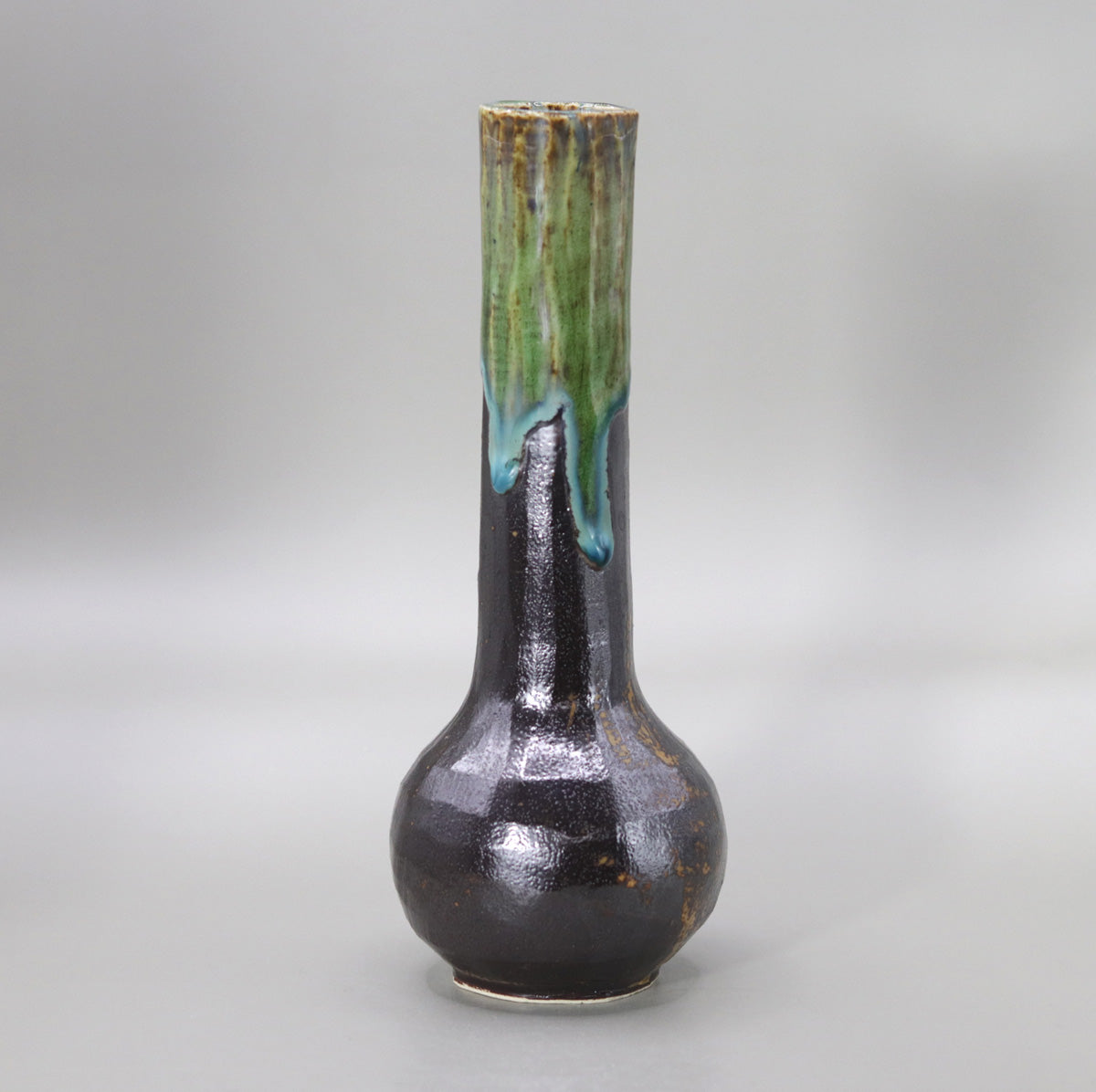
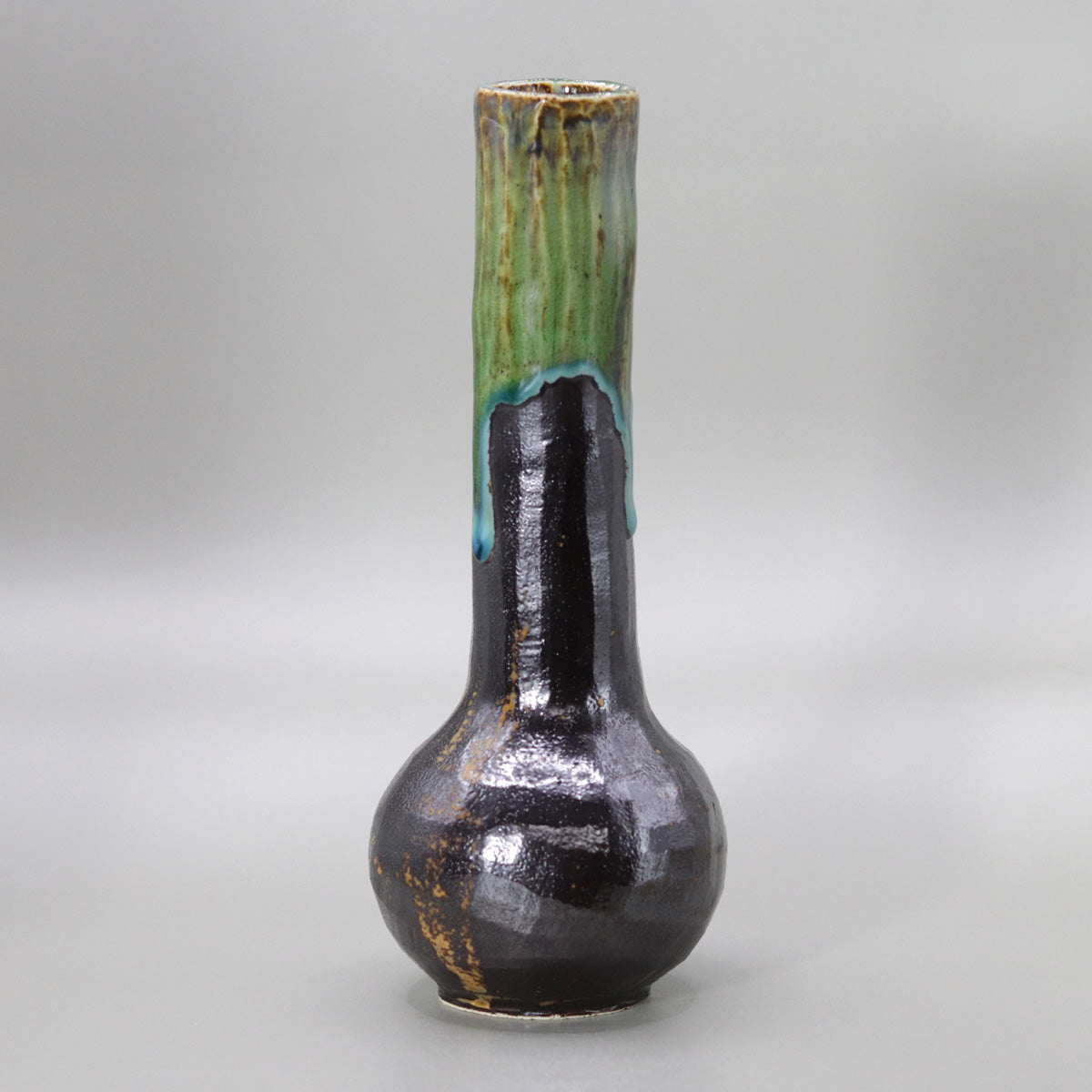
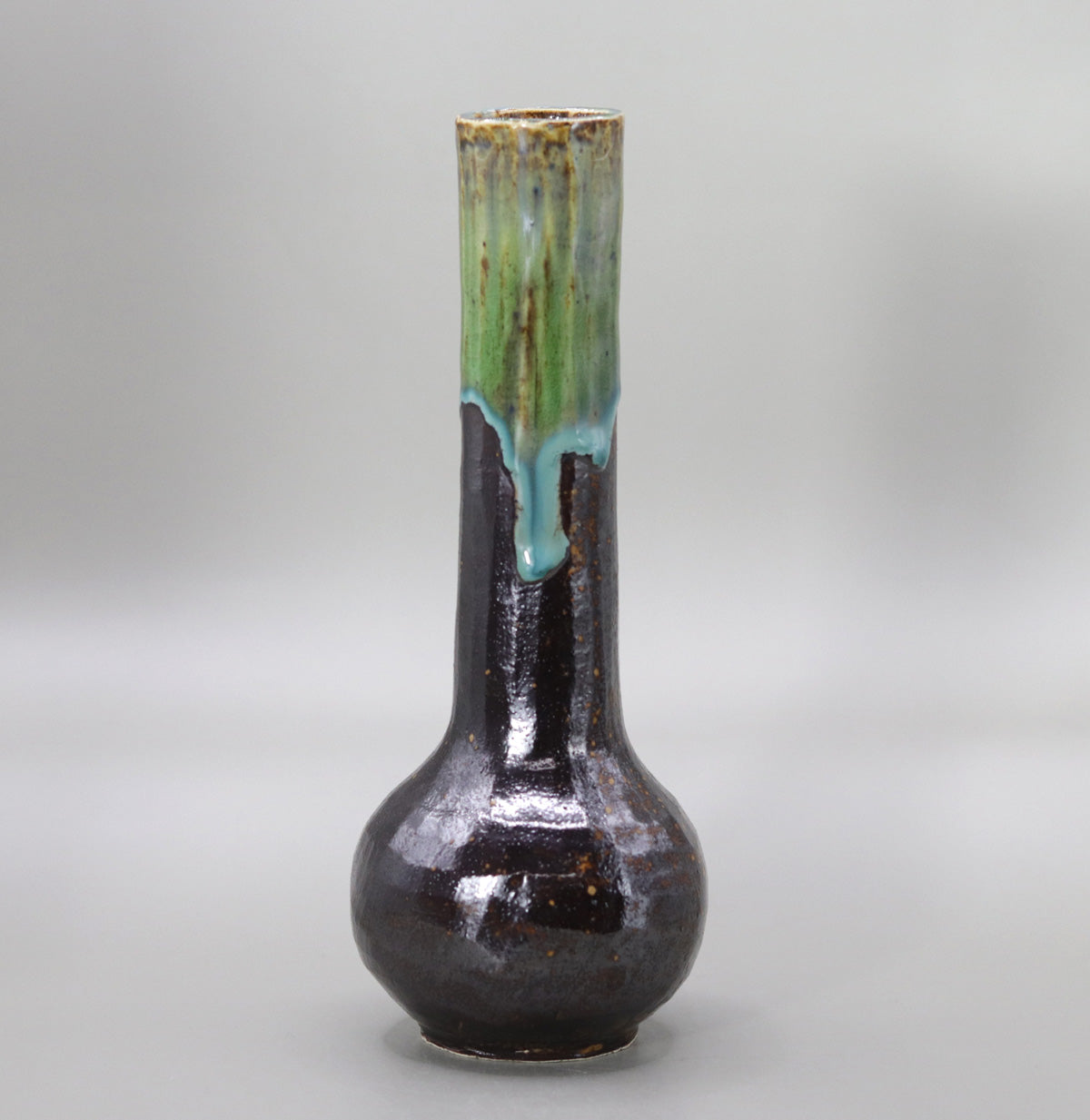
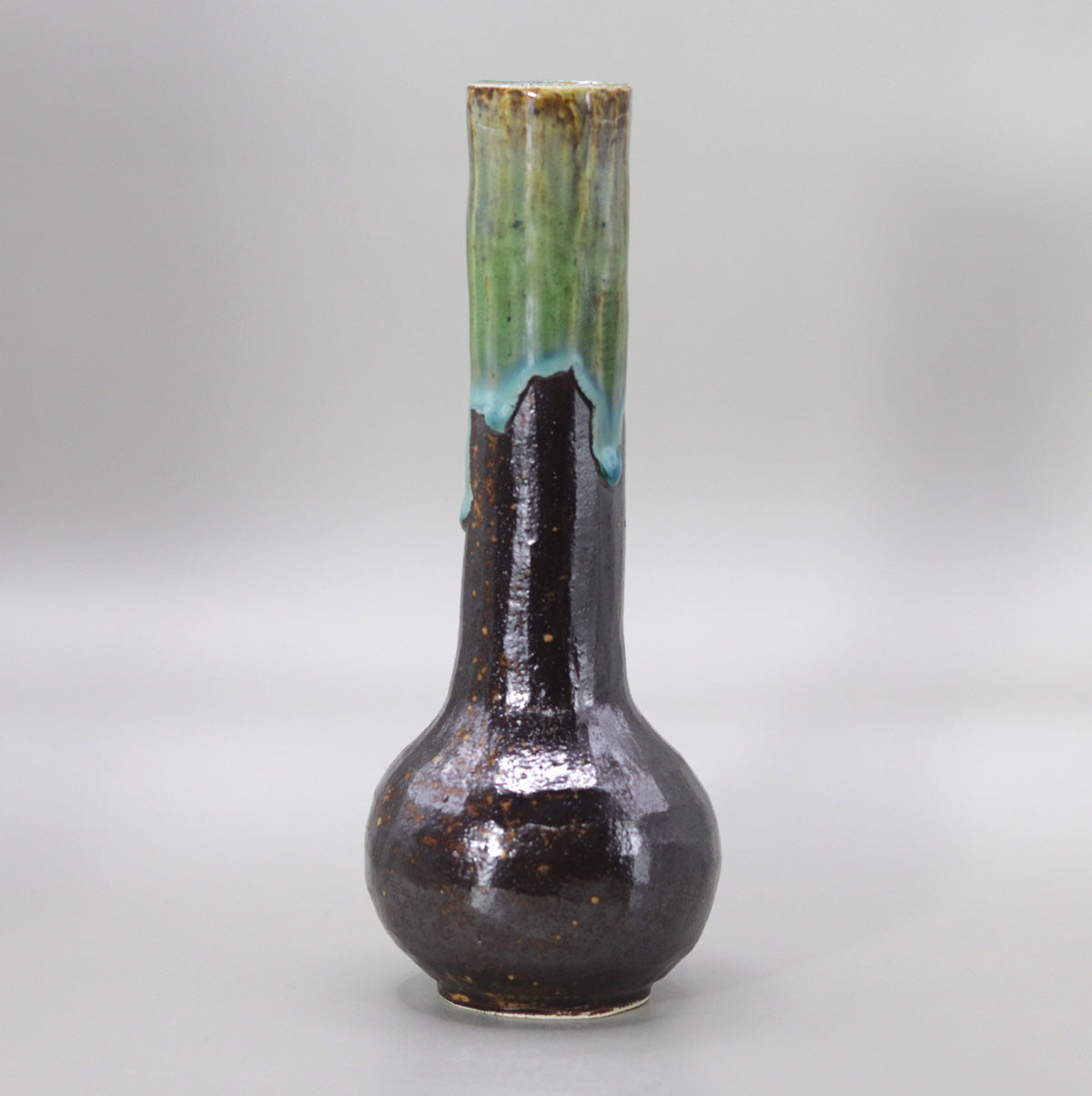
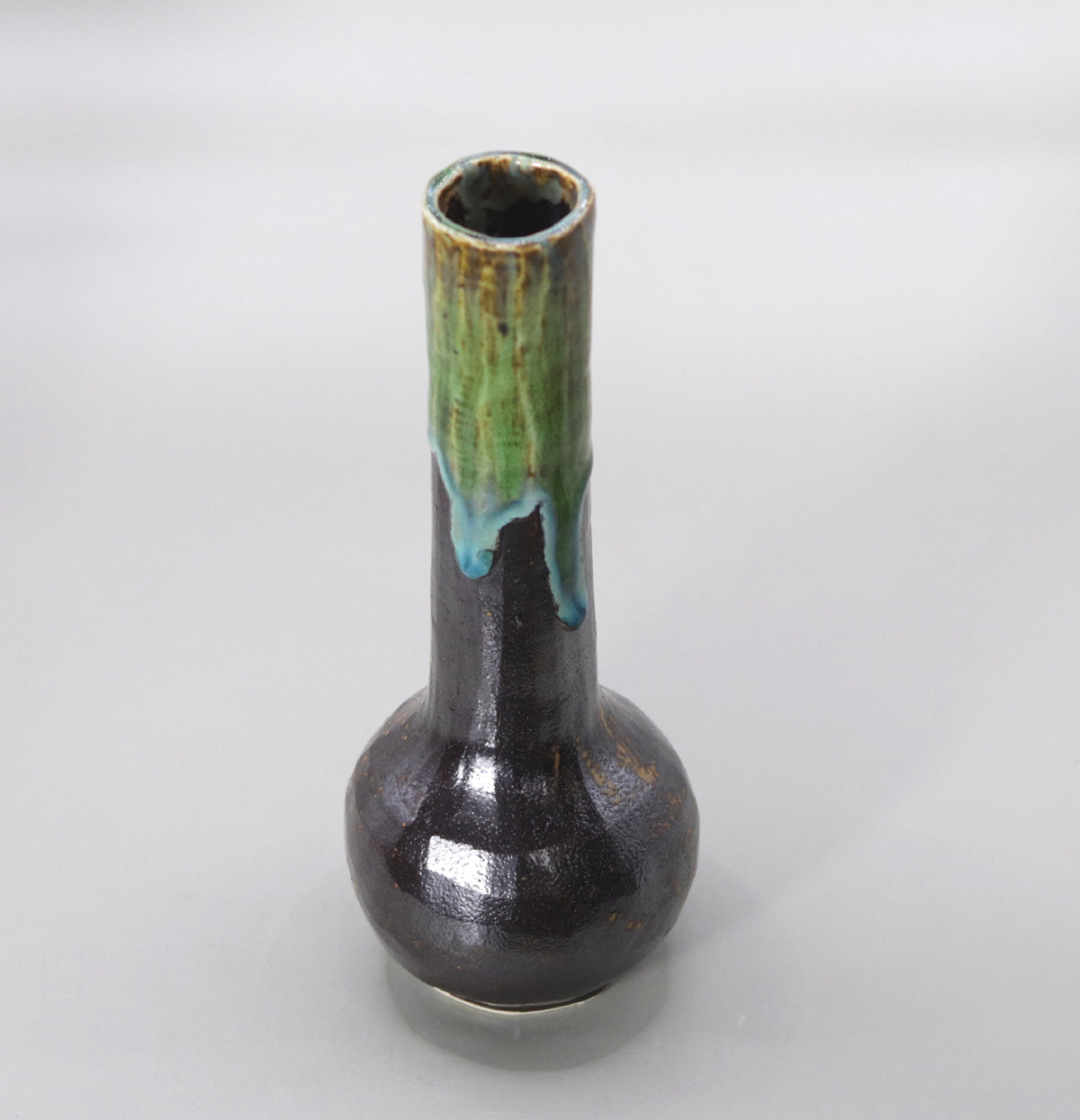
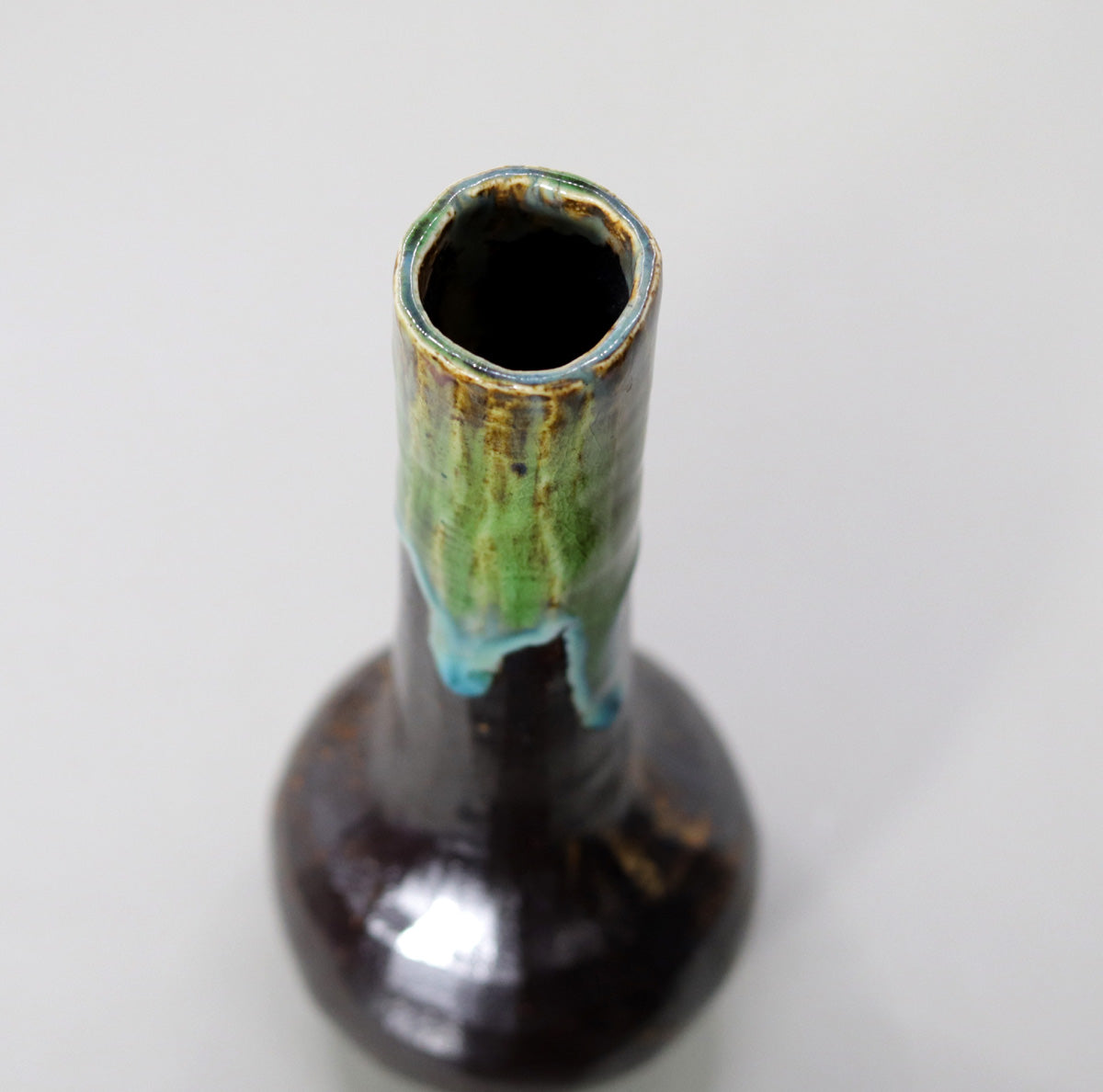
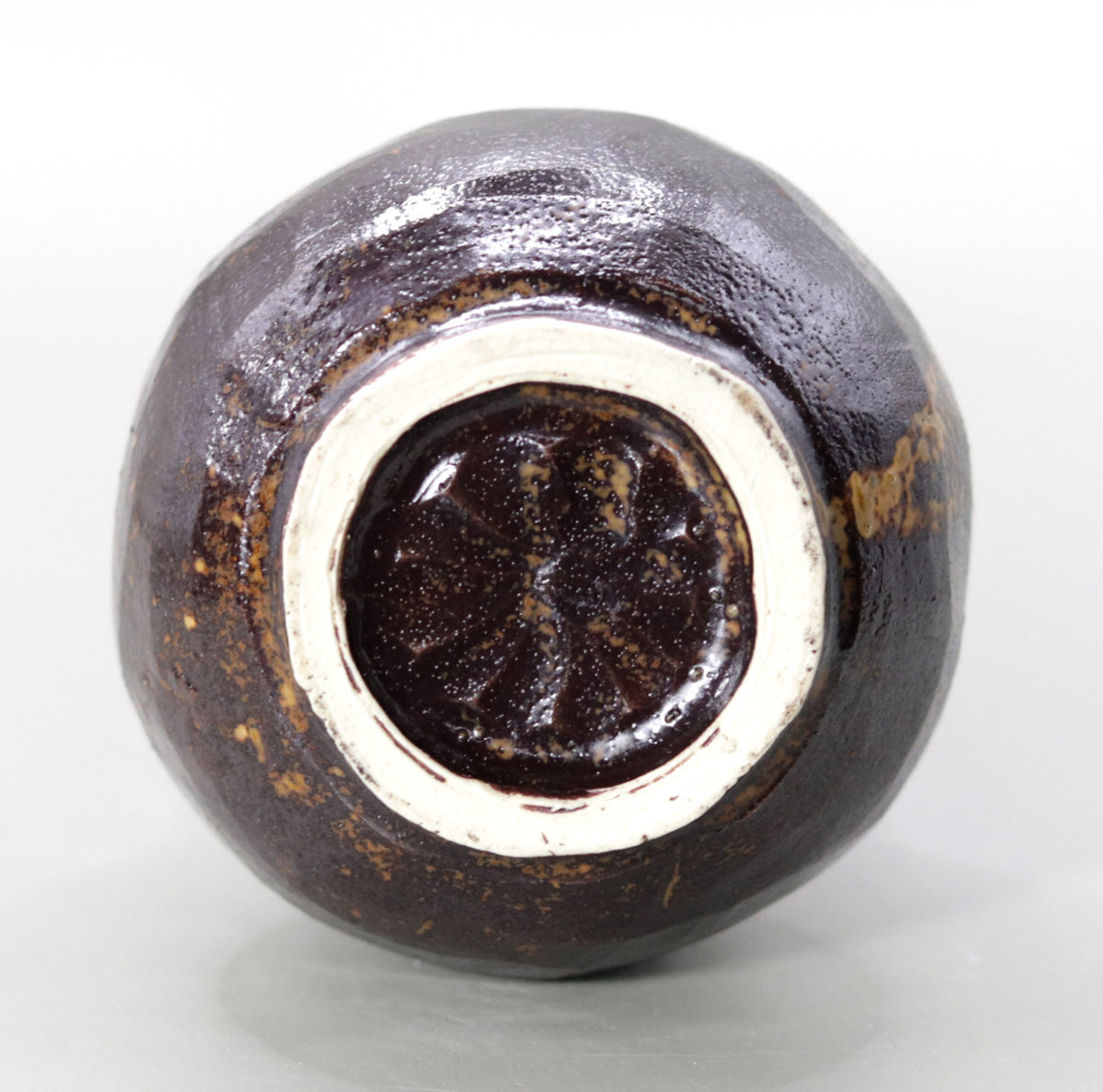
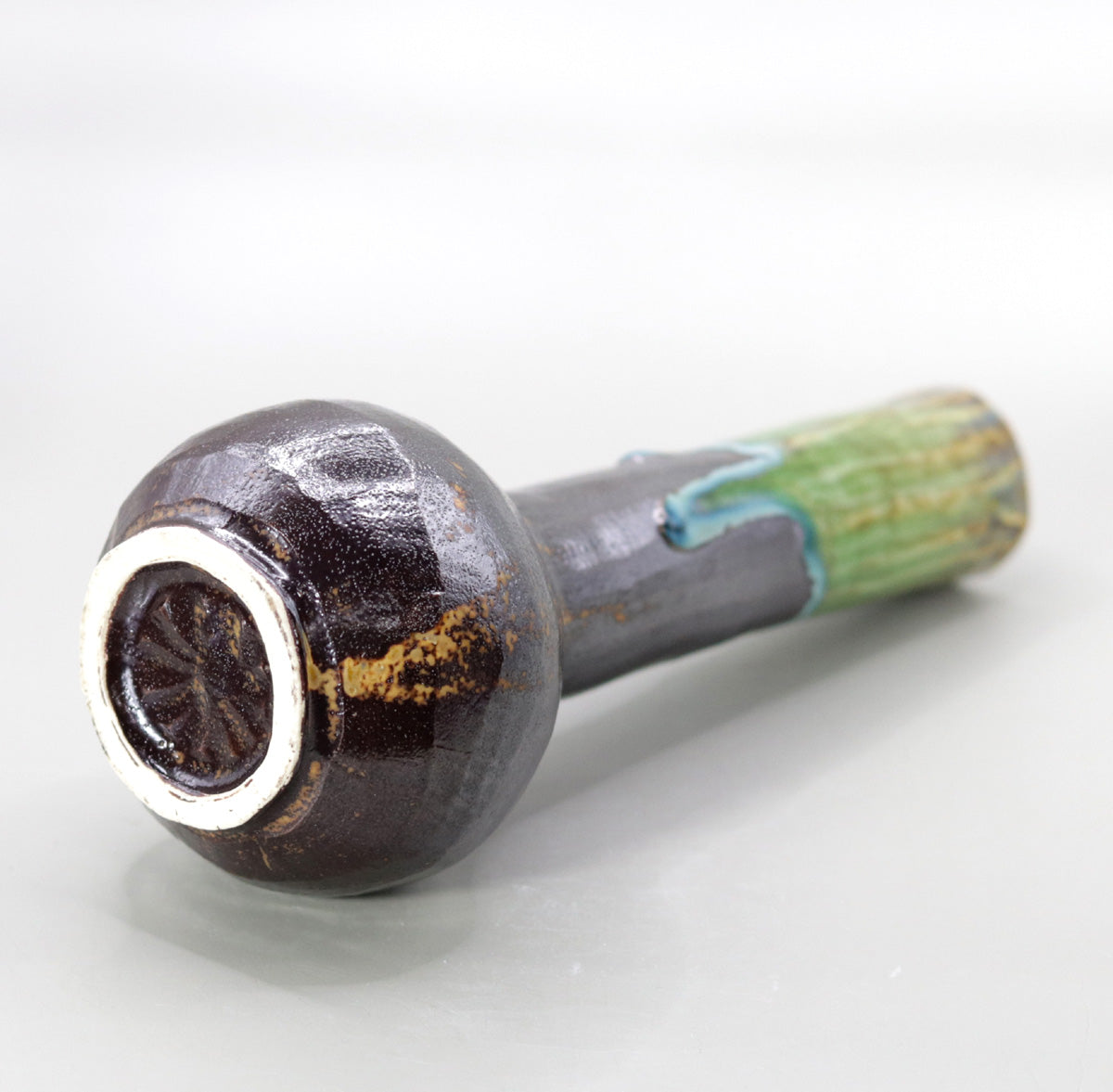
Multi-Column
-
[I will send it to you quickly and carefully]
We carefully package each product in a way that suits it best.
Also, delivery times vary depending on the piece (vessel, etc.).
Items that already come with a box will be shipped within 1-3 days of the order date.
For items that require a box to be made after your order, it will take approximately 30 days for production to be completed and then shipped.
In either case, once we have confirmed your order, we will contact you by email to inform you of the delivery date.
-
[Requests when purchasing pottery]
Even products that look the same may differ slightly in color, shape, size, etc.
The way the glaze is used, the power of the kiln, the firing method, the season, and the humidity also affect the appearance of the pottery.
Please understand the individuality of each piece of pottery and enjoy the unique warmth of handmade.








